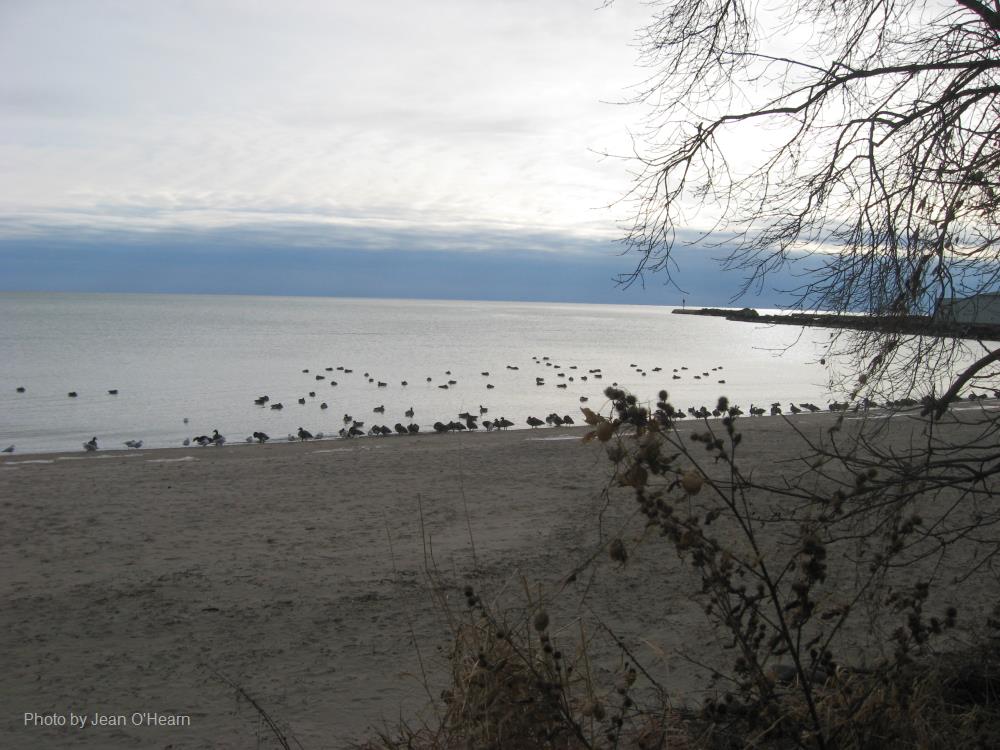
Related items loading ...
Section 1: Publication
Publication Type
Journal Article
Authorship
McDonnell, J. J., Gabrielli, C., Ameli, A., Ekanayake, J., Fenicia, F., Freer, J., ... & Woods, R.
Title
The Maimai M8 experimental catchment database: Forty years of process-based research on steep, wet hillslopes
Year
2021
Publication Outlet
Hydrological Processes, e14112.
DOI
ISBN
ISSN
Citation
McDonnell, J. J., Gabrielli, C., Ameli, A., Ekanayake, J., Fenicia, F., Freer, J., ... & Woods, R. (2021). The Maimai M8 experimental catchment database: Forty years of process-based research on steep, wet hillslopes. Hydrological Processes, e14112. doi:10.1002/hyp.14112
Abstract
Many of our legacy research and observation catchments were developed during the First
International Hydrological Decade (IHD) (1965-74)—a period of intense catchment
gauging/instrumentation and arguably the beginning of serious process hydrology. The IHD
helped our science move beyond the era of infiltration (Beven, 2020) and towards an era that
recognized subsurface contributions to runoff via subsurface stormflow.
The year the IHD ended the Maimai experimental catchment(s) were initiated in New Zealand
(Figure 1). These studies investigated originally the hydrological effects of forest harvesting and
radiata pine plantations in former native beech and podocarp forest but quickly morphed into a
long sequence of runoff process investigations. Maimai has slopes that are short (<30 m) and
steep (mean 34O) with local relief on the order of 100-150 m. Maimai showed that subsurface
stormflow was by far the major contributor to storm runoff with chronically wet soils, with 156
rain days per year (Rowe & Pearce, 1994). Pearce, Stewart, & Sklash et al. (1986, p.1266)
notes that “mean annual gross rainfall is approximately 2600 mm, producing approximately
1550 mm of runoff from 1950 mm of net rainfall [Rowe, 1979]. The catchments are highly
responsive to storm rainfall: 1000 mm (65%) of the mean annual runoff is quick flow (QF) as
defined by Hewlett and Hibbert’s [1967] separation method [Pearce & McKerchar, 1979]. Quick
flow is 39% of annual total rainfall (P).”
Here we outline the data that underpins many of the studies from three main field
instrumentation and sample collection phases: (1) early M8 catchment-scale research and
observations (1974-1988), (2) hillslope scale trenching, forensic analysis and tracing (1993-
2010) and (3) drilling the critical zone with a focus on bedrock groundwater dynamics, tritium
age and its relation to streamflow and transport (2014-present). We describe the data series
and provide a link to an online repository of these data in Hydroshare at
https://www.hydroshare.org/resource/a292cb65a5d24a31a60978b2ab390266/ .
Plain Language Summary
Section 2: Additional Information
Program Affiliations
Project Affiliations
Submitters
Publication Stage
Published
Theme
Presentation Format
Additional Information
Core Modelling & Forecasting Team


 GWFNet
GWFNet Master
Master Data
Data Research
Research Map
Map
 Advanced
Advanced Tools
Tools
 . . .
. . .
 Metadata Editor
Metadata Editor
 Record List
Record List
 Alias List Editor
Alias List Editor
 Legacy sites
Legacy sites